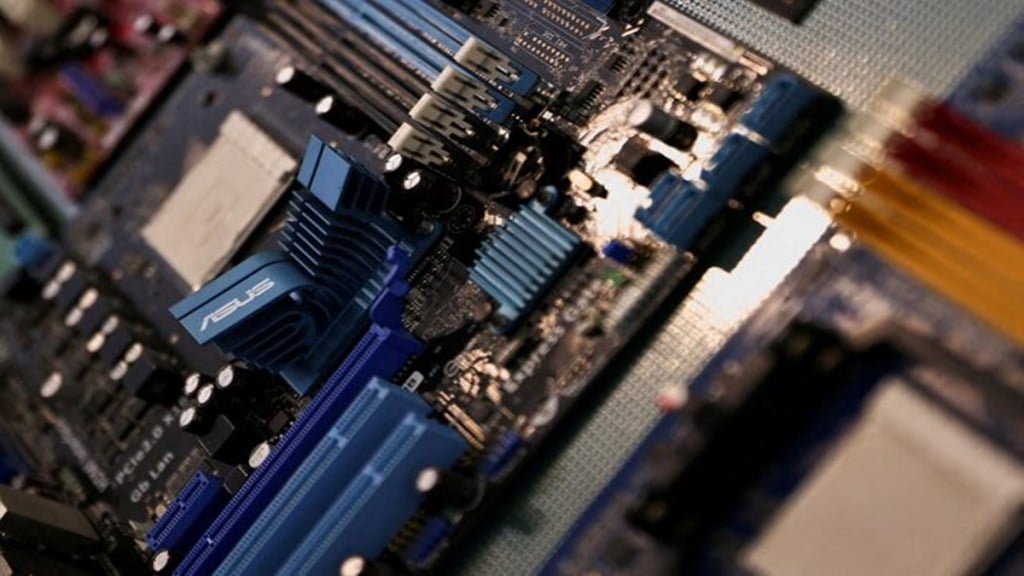The recent decisions by Adani Group and Zoho Corporation to call off their semiconductor manufacturing projects have sparked concern among critics, some of whom have prematurely concluded that India’s ambitious Rs 76,000-crore semiconductor incentive programme is floundering. The truth is that rather than a sign of systemic failure, these decisions reflect the natural shake-out in a nascent but rapidly evolving industry, one that requires strategic depth, technological partnerships, and long-term vision. It is crucial to note that neither the Adani project nor the Zoho one had even reached the formal approval stage under the government’s programme. There is a special committee tasked with evaluating semiconductor proposals as they require critical tie-ups with global technology partners, an indispensable component for success in this complex sector. The inability to sew up technology partnerships was a core reason for their withdrawal, not a reflection of government policy or industry potential.
The ground reality is far more encouraging. Five significant semiconductor projects worth Rs 1.5 lakh crore have already been approved and are progressing in line with committed timelines. Together, they have attracted investments from global and domestic giants like Tata Electronics, Micron, and CG Power, and around Rs 60,000 crore from the government’s incentive outlay has been allocated to these initiatives. These projects span across the semiconductor value chain, from chip design and fabrication to assembly, testing, marking, and packaging, signalling that India is on track to be embedded in the global semiconductor ecosystem. Critics have argued that without strong domestic demand for semiconductors, such investments are futile. This misses a key strategic point: just as the smartphone production-linked incentive (PLI) scheme was designed to drive exports despite limited domestic consumption, the semiconductor mission, too, is globally oriented.
In fact, the smartphone PLI was never publicly pitched as export-led due to World Trade Organization constraints on direct export subsidies, yet the results are clear. Apple, for instance, has scaled up India’s iPhone production from zero to 20% of its global output in just four years, with 80% of this production exported to major global markets. Apple’s ongoing talks with Micron and Tata Group to source $12 billion worth of semiconductors domestically by 2026, when its India-based iPhone production will likely reach 26% of global output, is a vote of confidence in the country’s semiconductor potential. No single firm better symbolises the future demand for chips than Apple, which alone consumes 26% of Taiwan’s TSMC’s global chip output.
The government’s efforts at deepening domestic production of electronics are progressing satisfactorily. However, what remains a bottleneck is the production of components, a gap the government is actively addressing through its recently launched Rs 22,919-crore electronics manufacturing scheme. IT minister Ashwini Vaishnaw has rightly pointed out that software design will be the next frontier, completing the loop for full backward and forward integration in electronics manufacturing. Indeed, semiconductors are not merely about smartphones. They power sectors with entrenched domestic manufacturing bases and demand, including automotive, defence, aviation, industrial electronics, and consumer appliances. India’s auto industry alone, deeply rooted in local manufacturing, represents a robust source of chip consumption. In such a context, a couple of exploratory private sector withdrawals should not trigger despondency. They are part of a maturing industrial ecosystem, which is sorting the serious from the speculative. As long as the government continues to press ahead on component manufacturing, deepening R&D, and expanding its talent pipeline through industry-academia collaboration, the semiconductor dream remains on firm ground.
